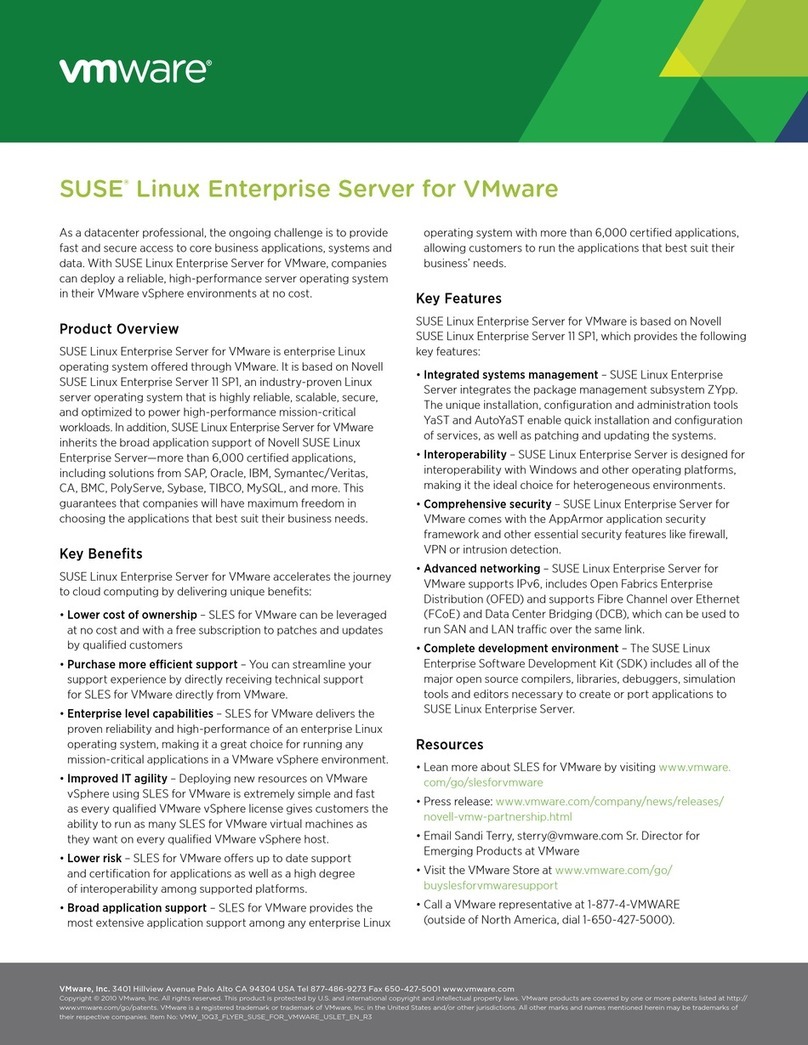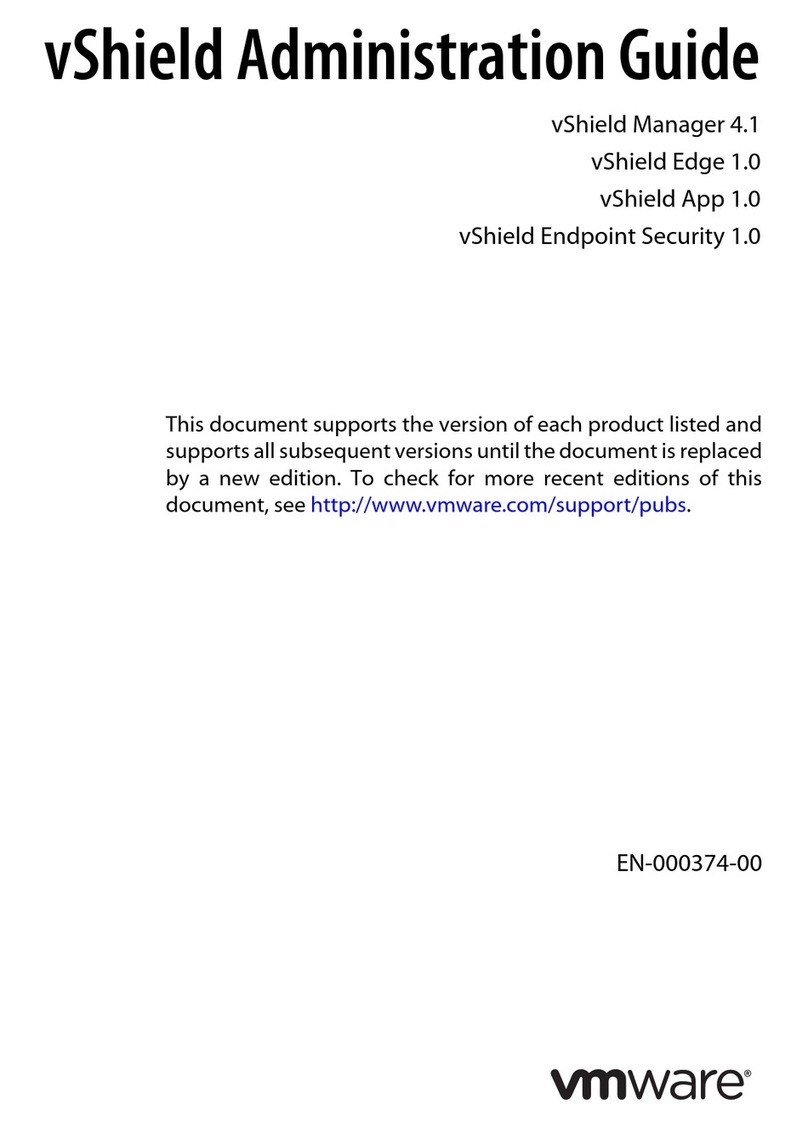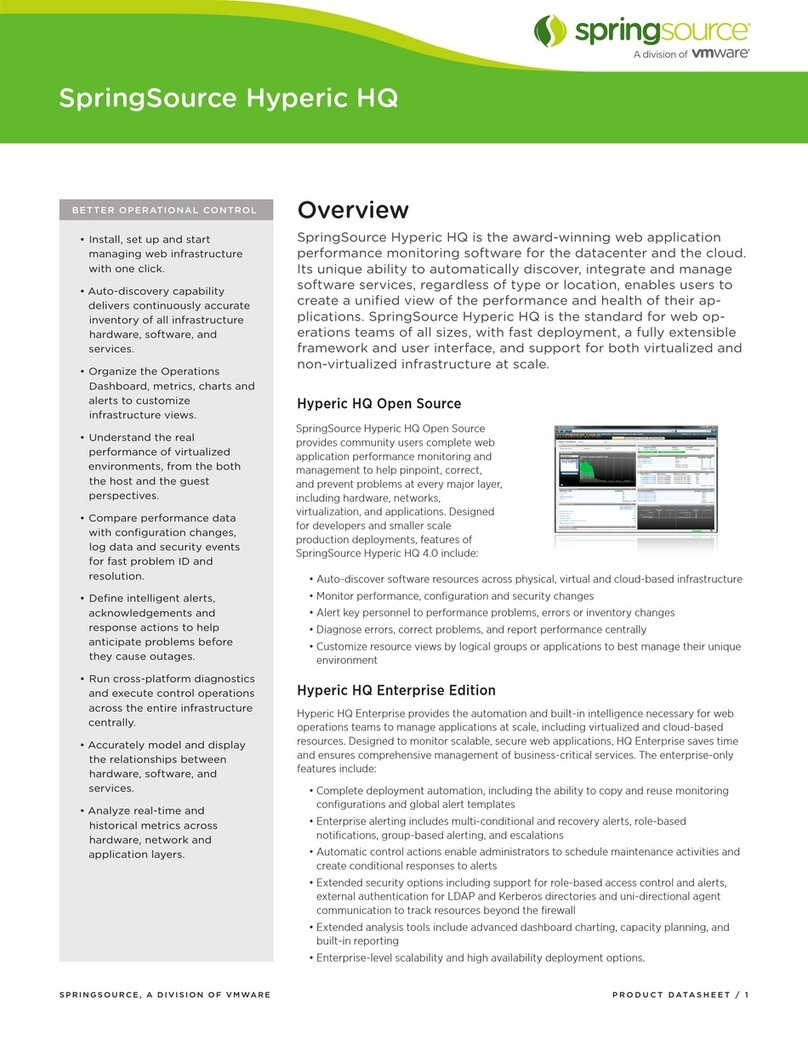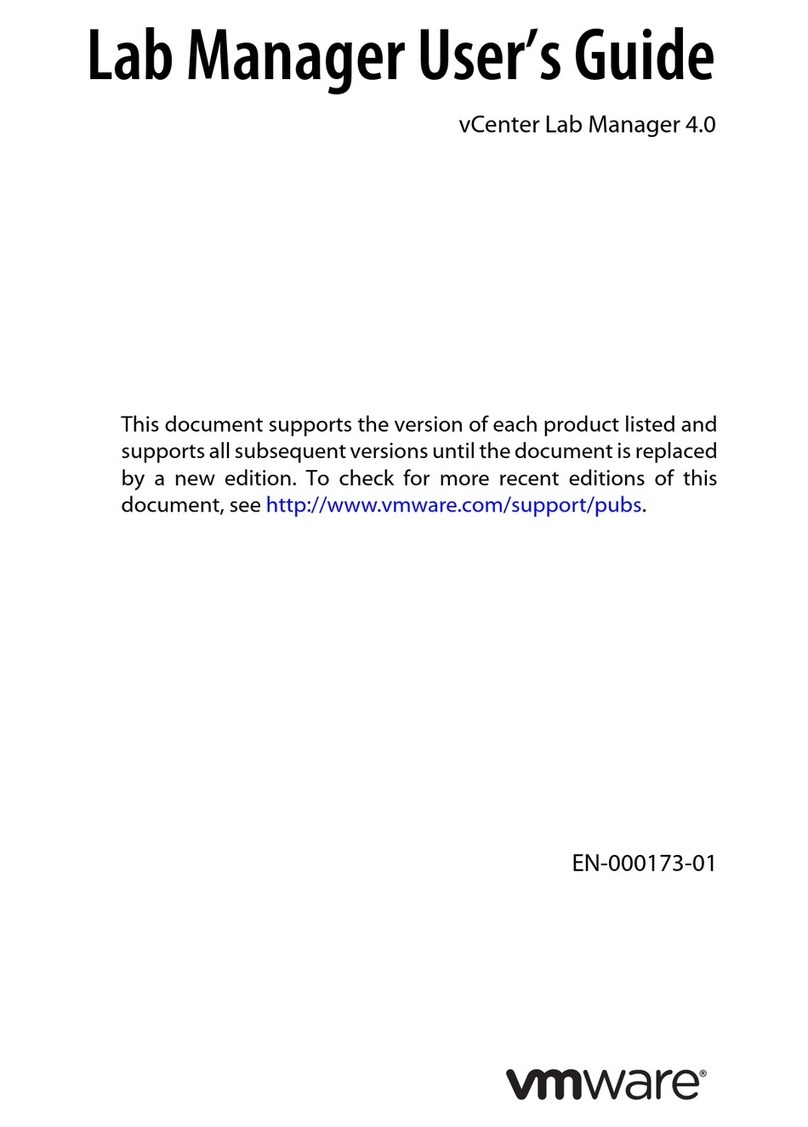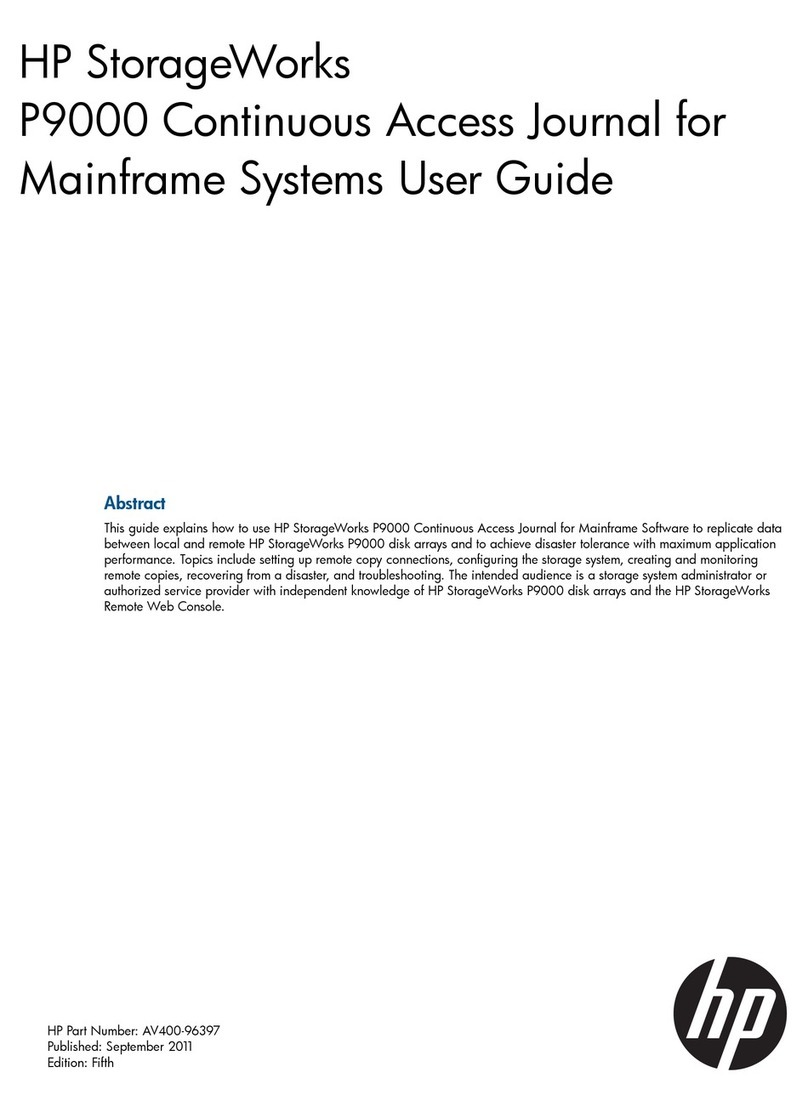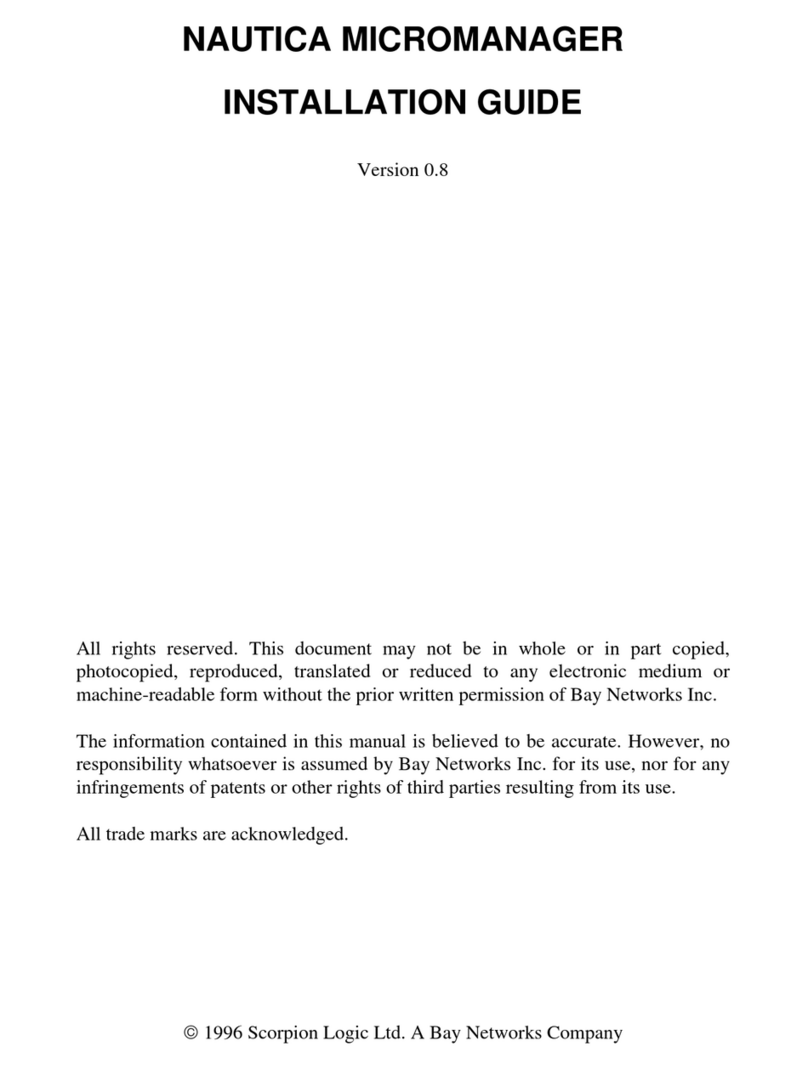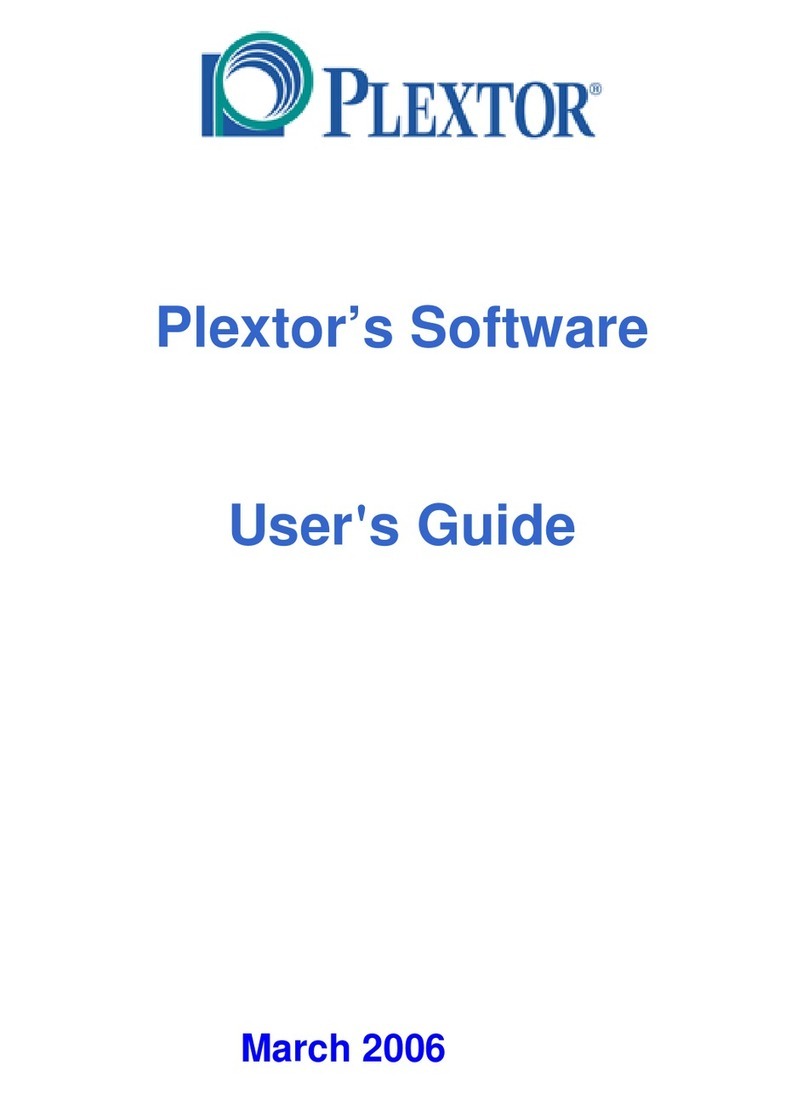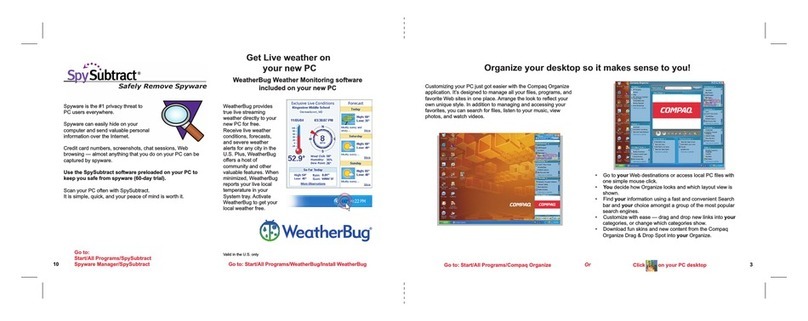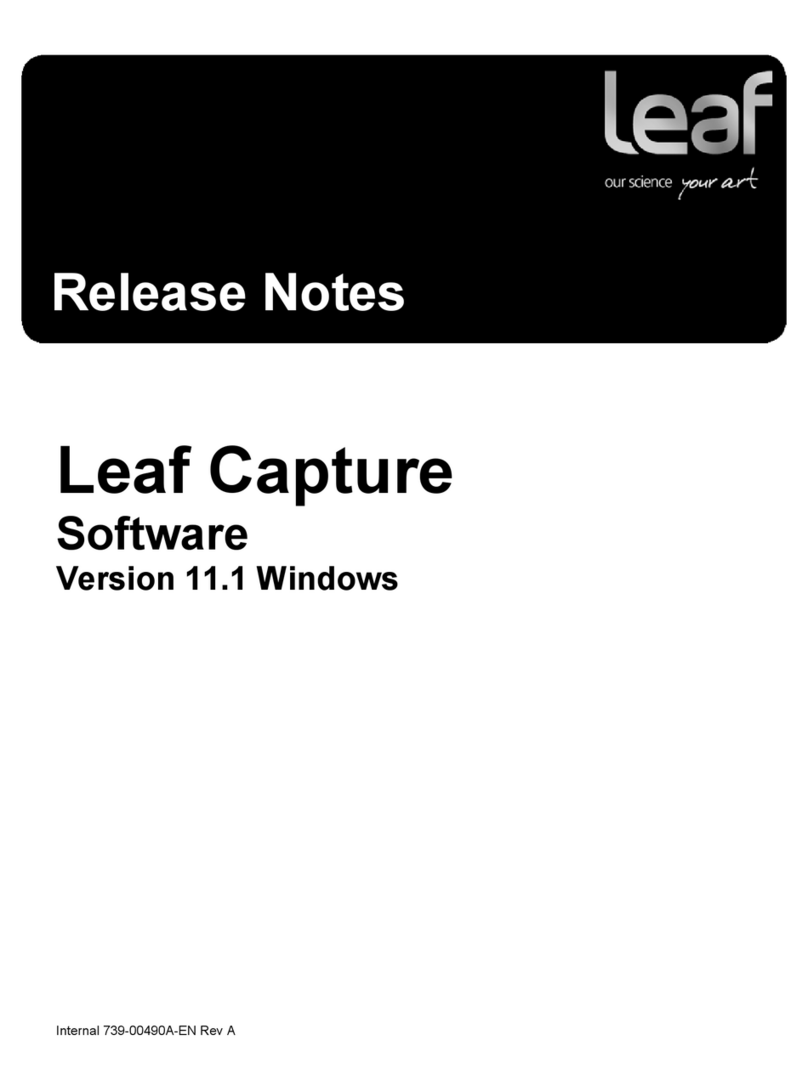VMware VIEW 4.5 - ARCHITECTURE PLANNING... User manual




















This manual suits for next models
3
Table of contents
Other VMware Software manuals
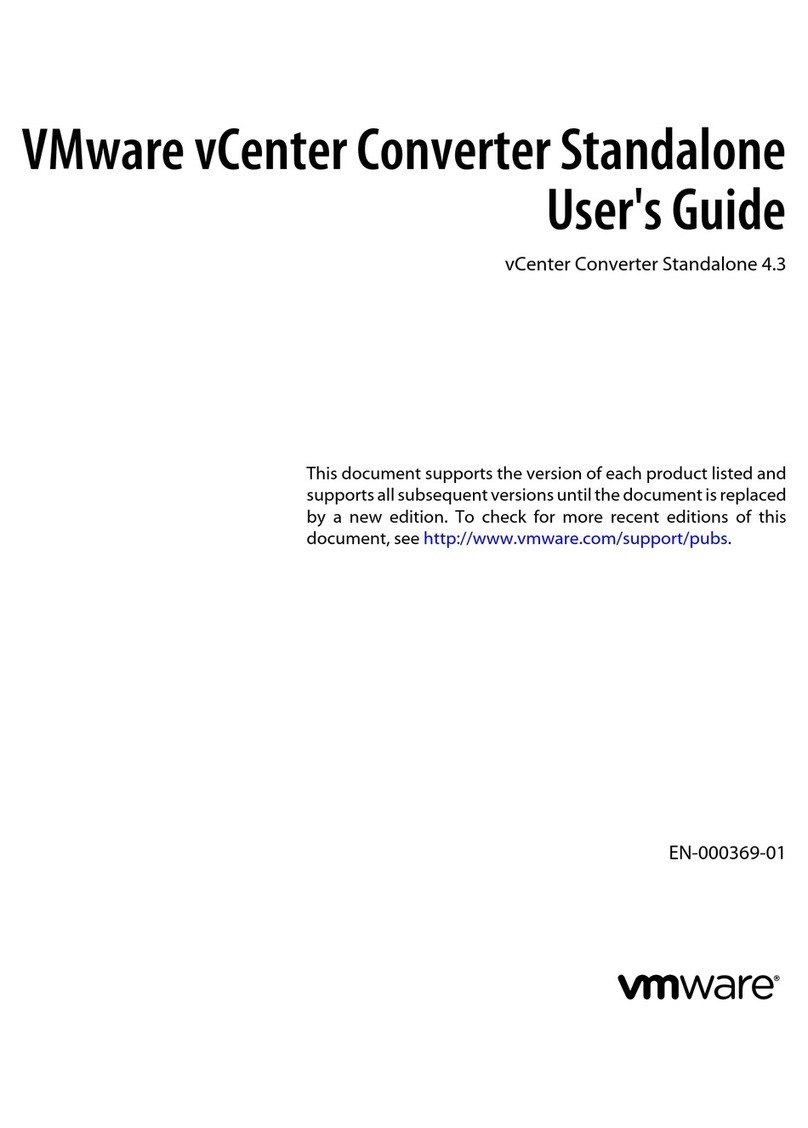
VMware
VMware CONVERTER STANDALONE 4.3 User manual
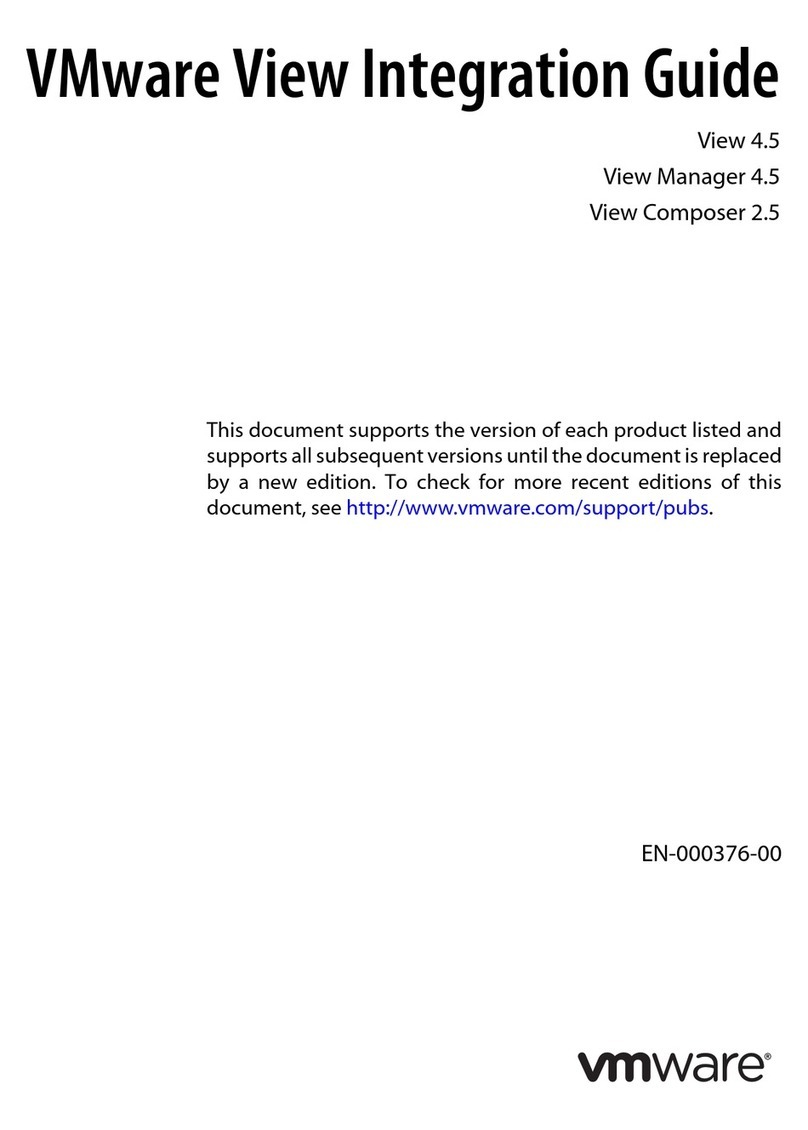
VMware
VMware VIEW 4.5 Quick setup guide
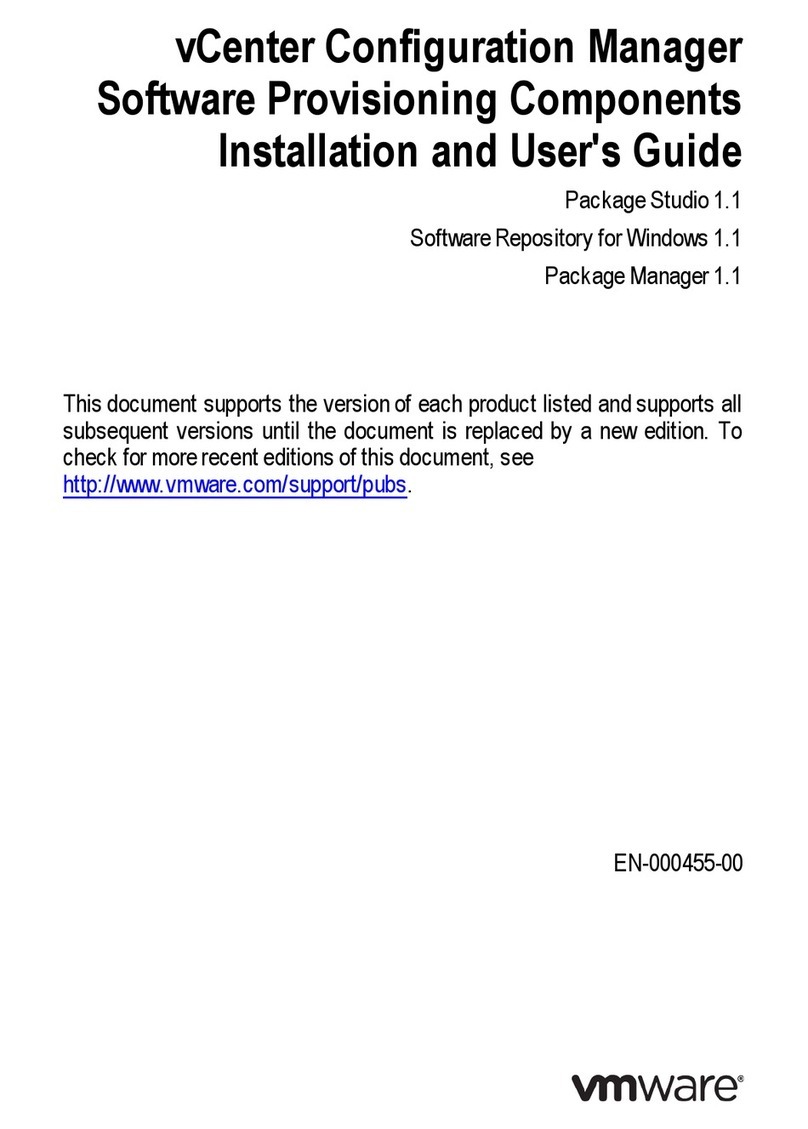
VMware
VMware PACKAGE MANAGER 1.1 User manual
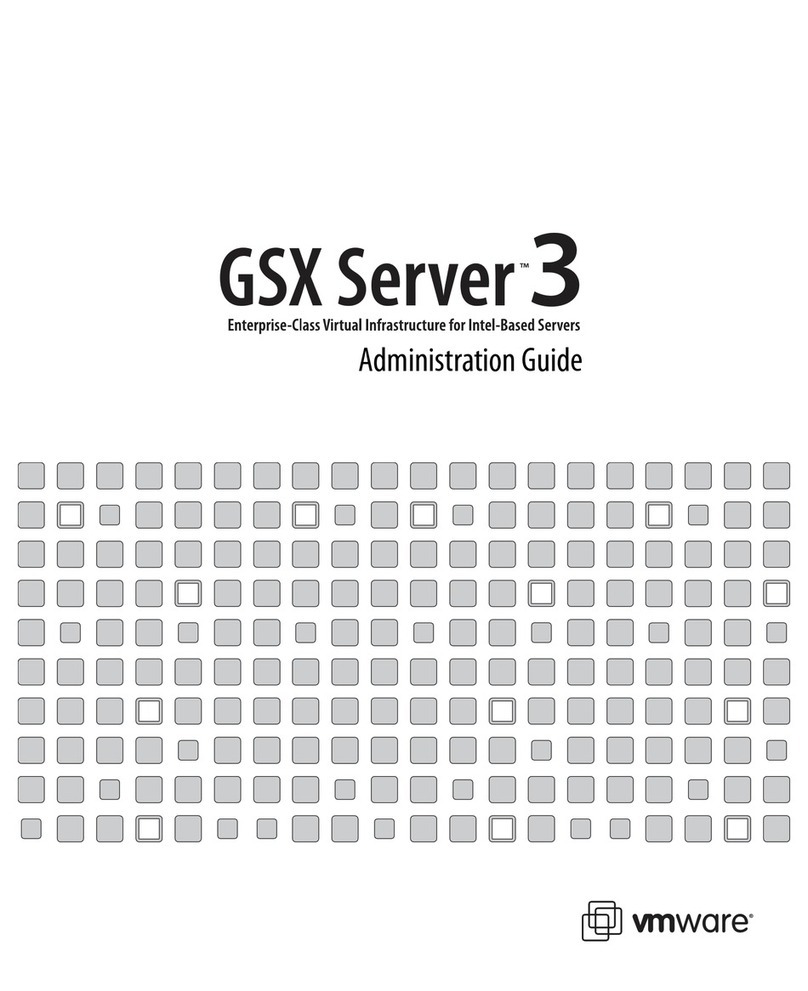
VMware
VMware GSX Server 3 Administration Instruction Manual
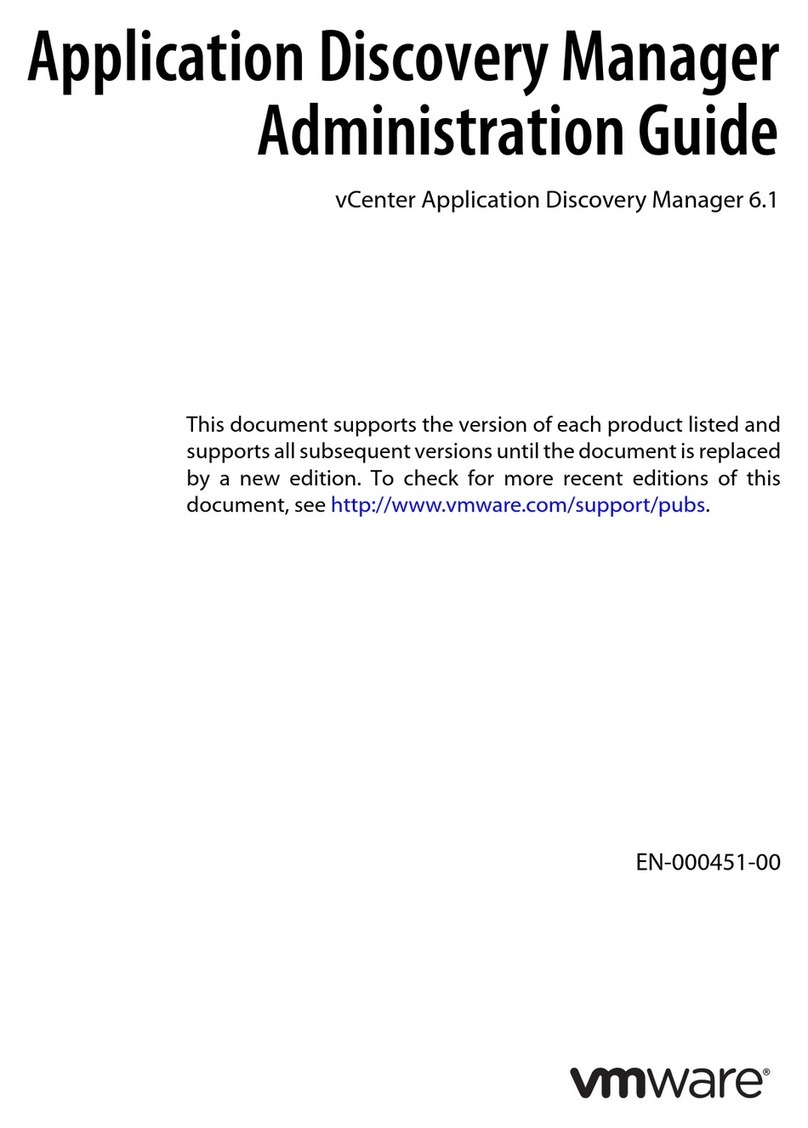
VMware
VMware VCENTER APPLICATION DISCOVERY MANAGER 6.1 -... Instruction Manual
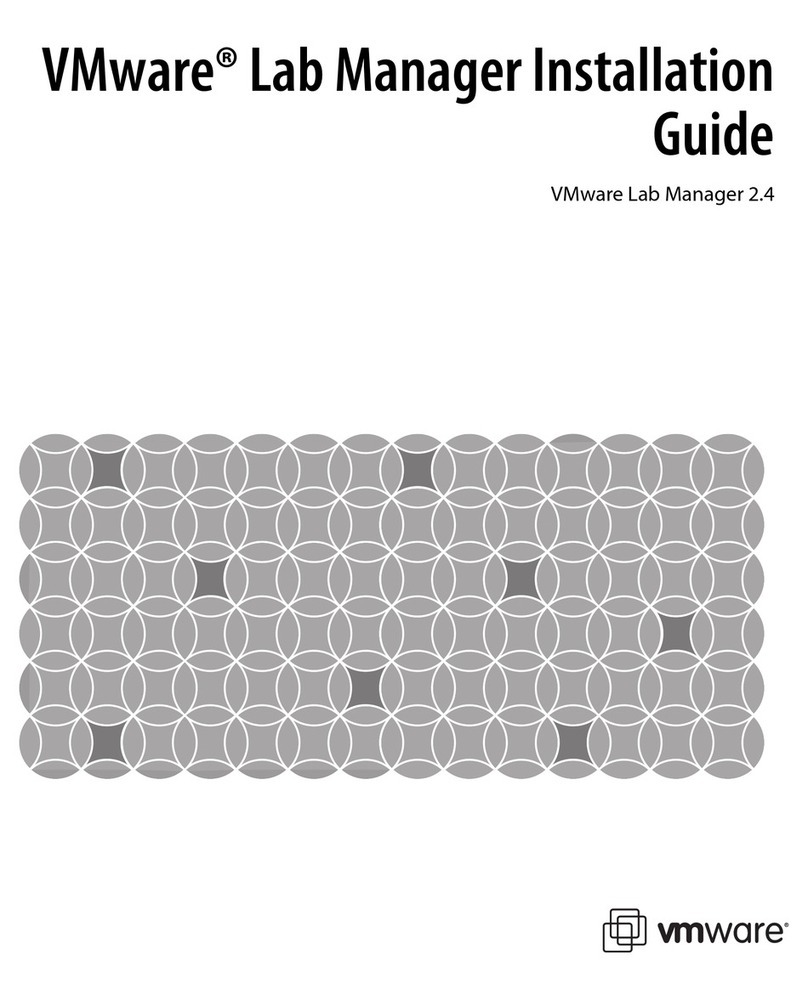
VMware
VMware 454885-B21 - Lab Manager Standard Foundation... User manual
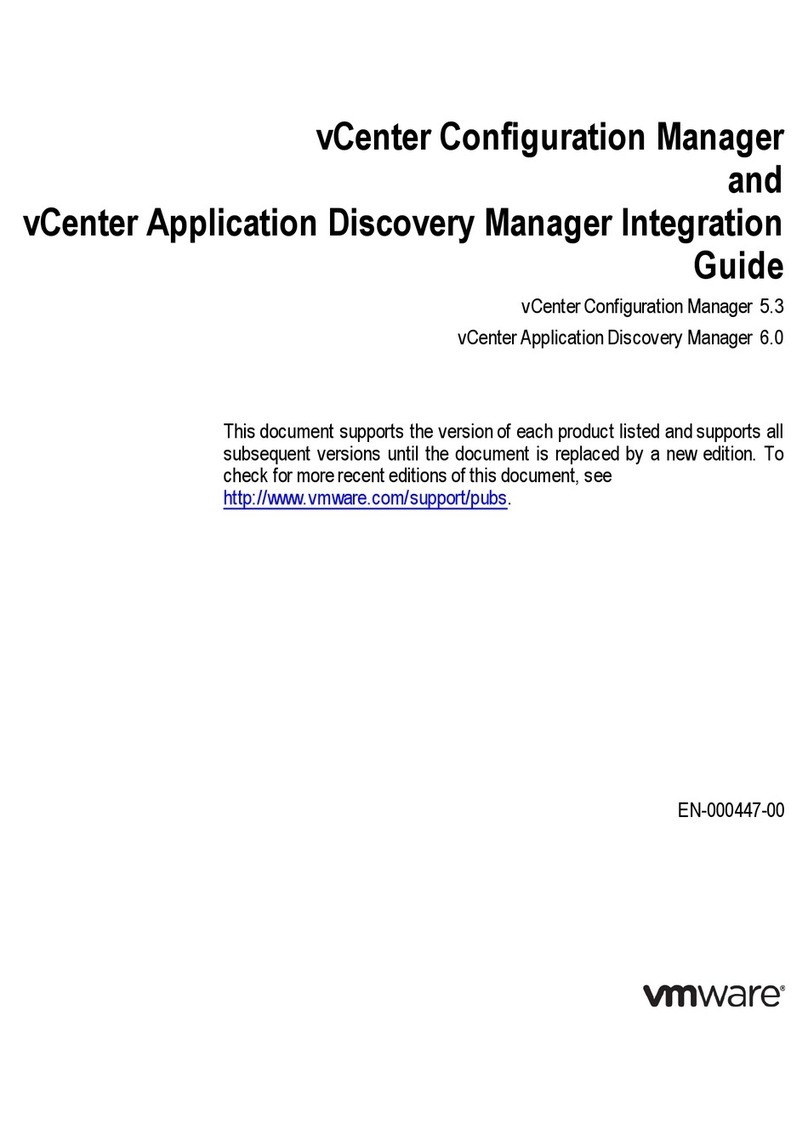
VMware
VMware VCENTER APPLICATION DISCOVERY MANAGER 6.0 User manual
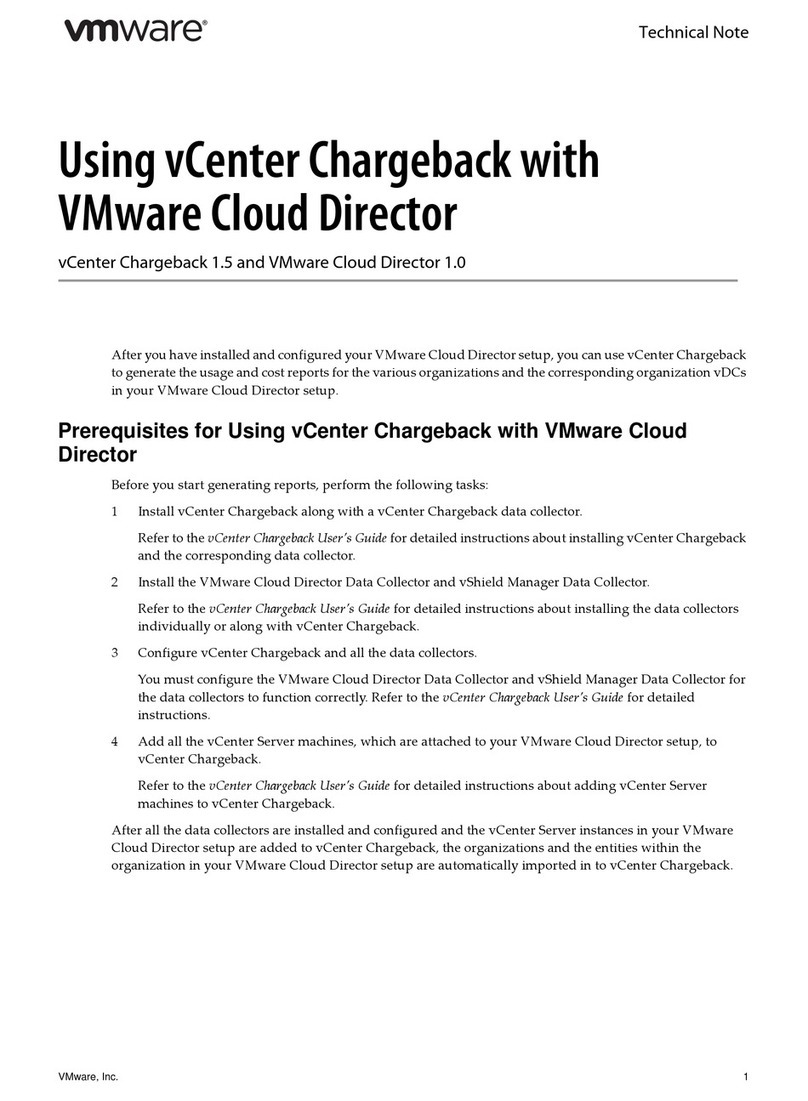
VMware
VMware VCENTER CHARGEBACK 1.5 - API Guide

VMware
VMware VCM 5.3 - CONFIGURATION MANAGER SECURITY ENVIRONMENT... Quick guide
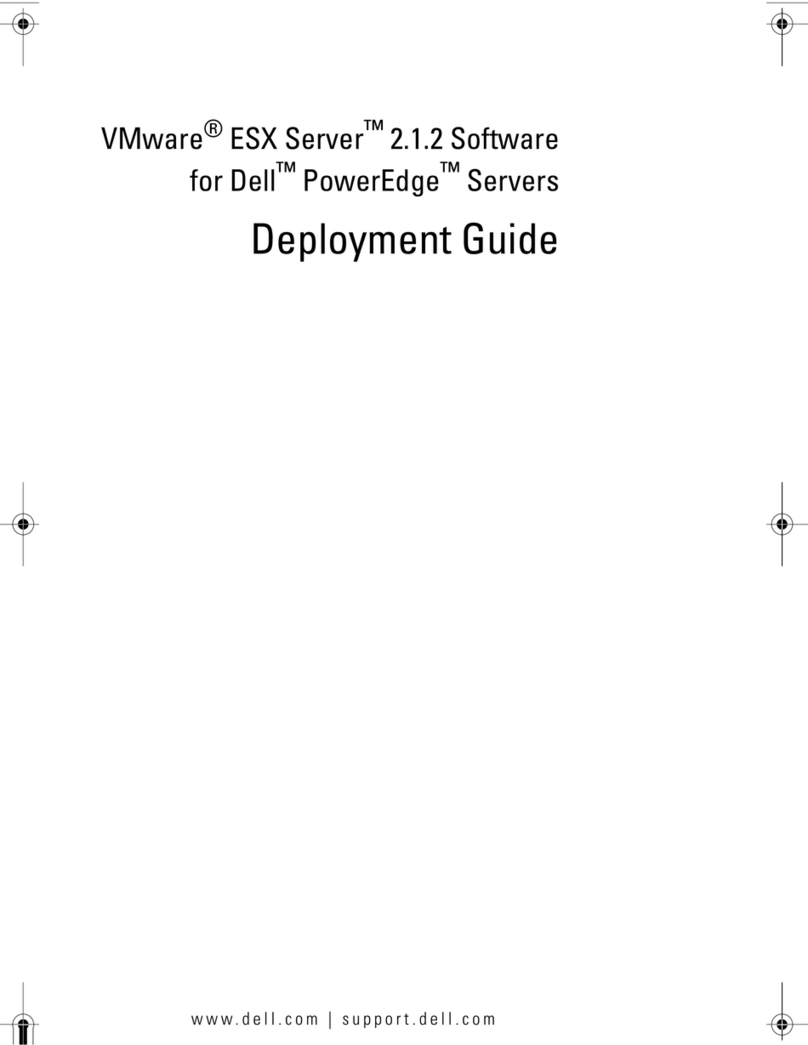
VMware
VMware VmWare ESX Server 2.12 Deployment Quick reference guide
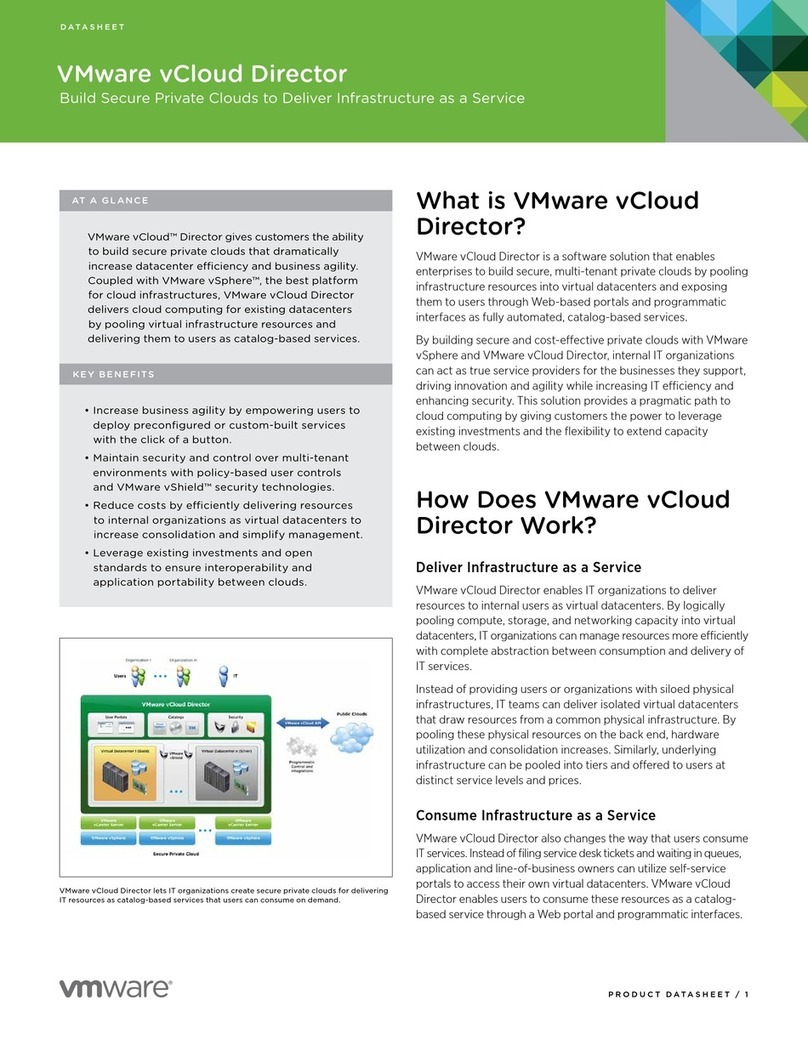
VMware
VMware VCLOUD DIRECTOR User manual
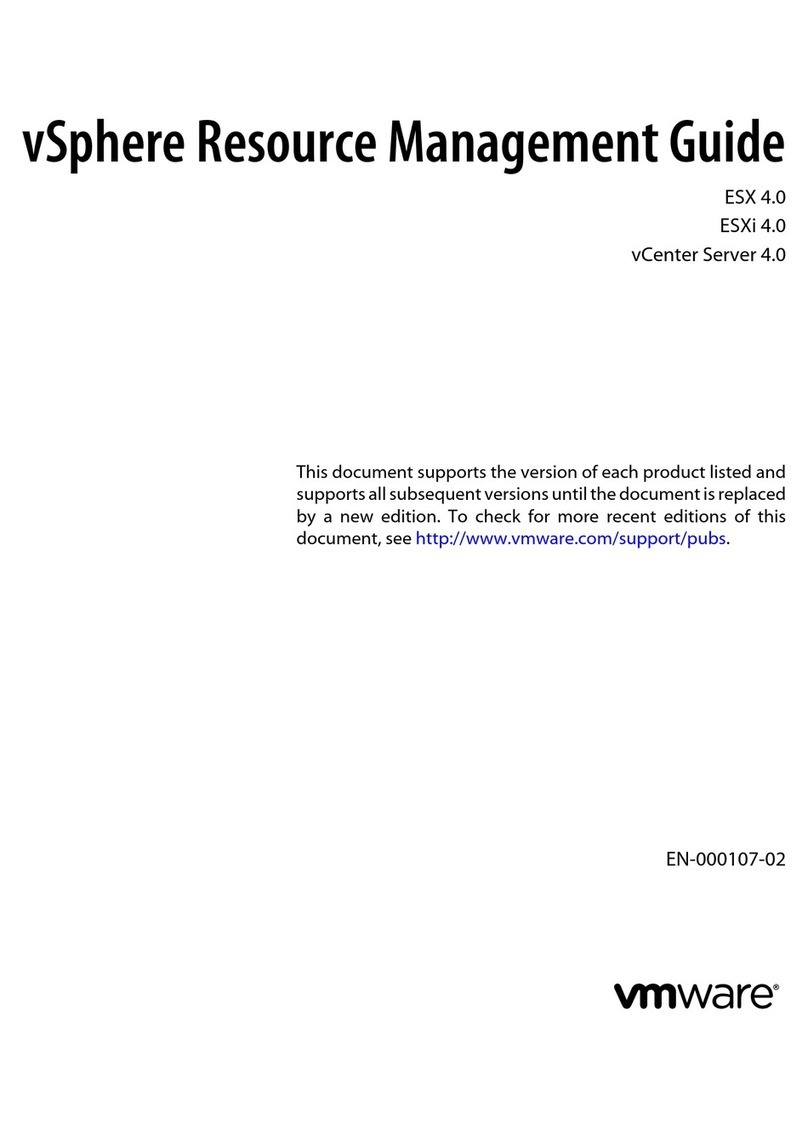
VMware
VMware vSphere ESXi 4.0 Programming manual
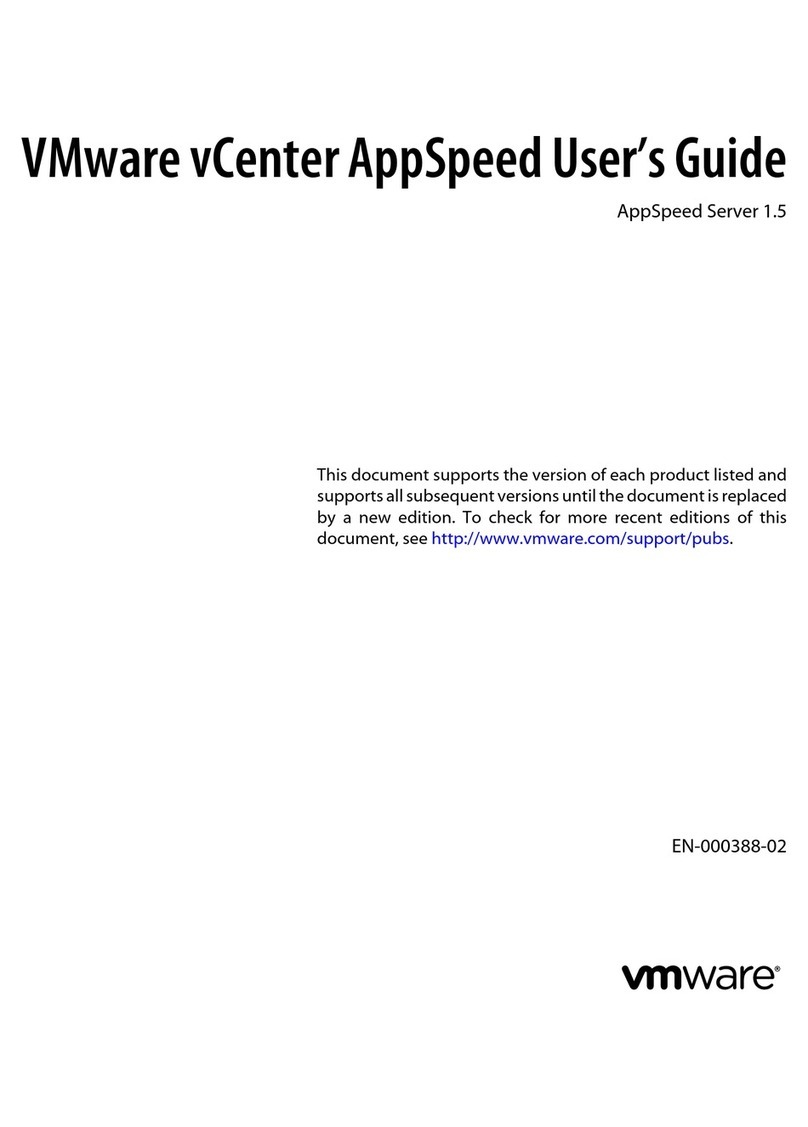
VMware
VMware APPSPEED SERVER 1.5 - VCENTER APPSPEED INSTALLATION... User manual

VMware
VMware VCENTER CONFIGURATION MANAGER 5.3 - SOFTWARE CONTENT REPOSITORY TOOL... User manual
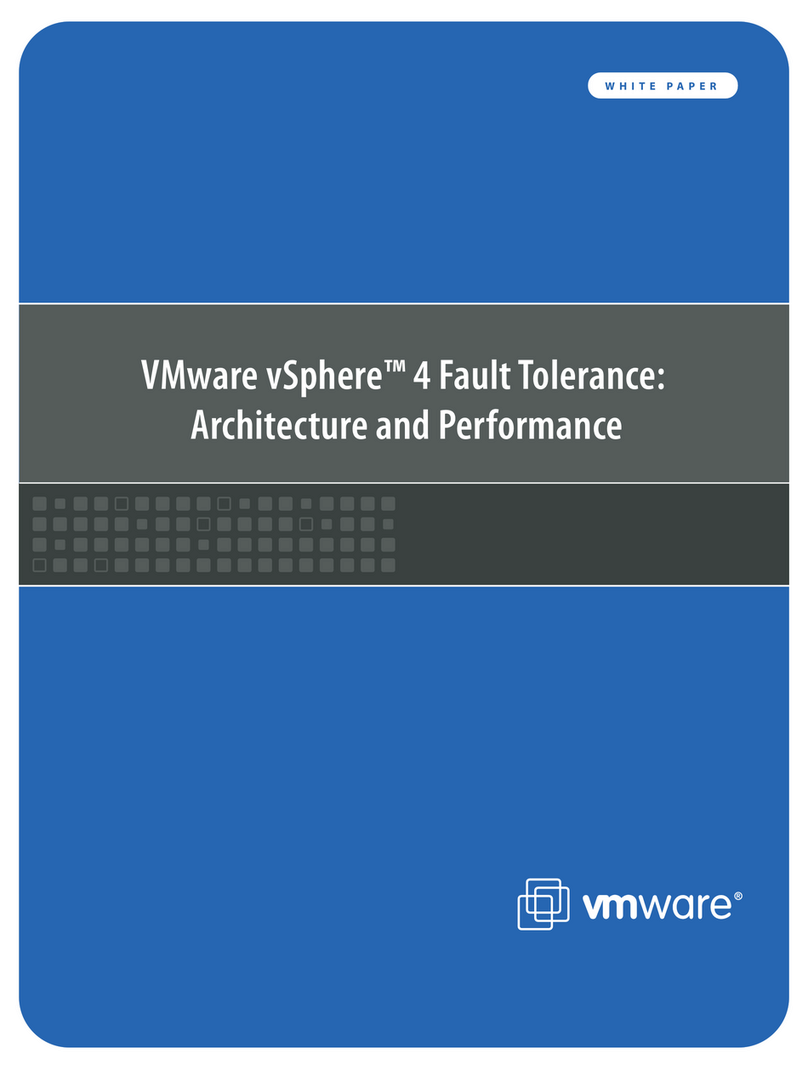
VMware
VMware vSphere 4 Installation and operation manual
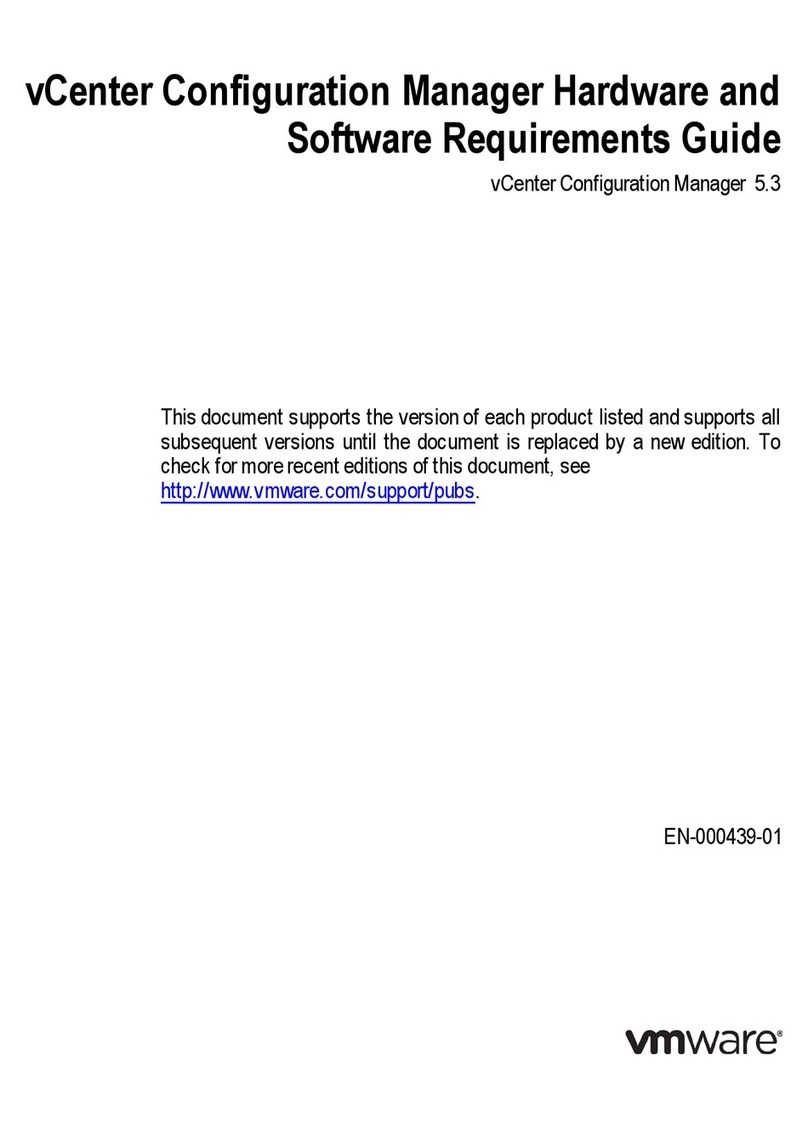
VMware
VMware VCENTER CONFIGURATION MANAGER 5.3 - SOFTWARE REQUIEREMENTS... Quick guide
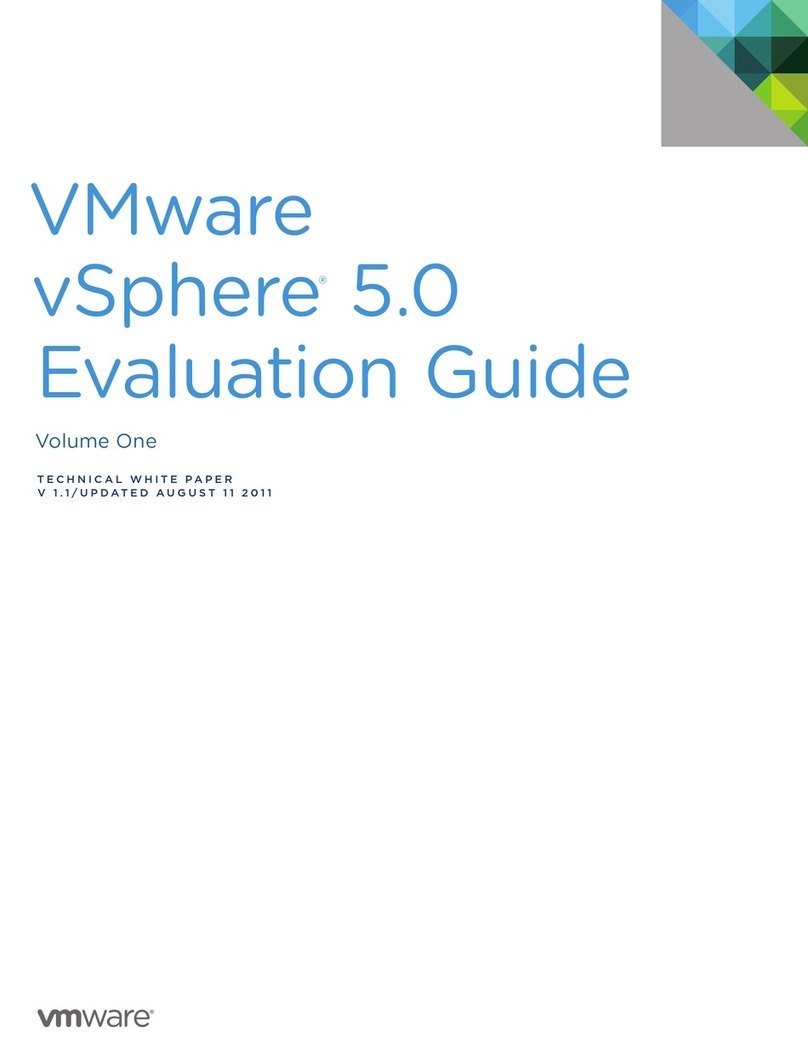
VMware
VMware VS4-STD-C - vSphere Standard - PC Instruction sheet
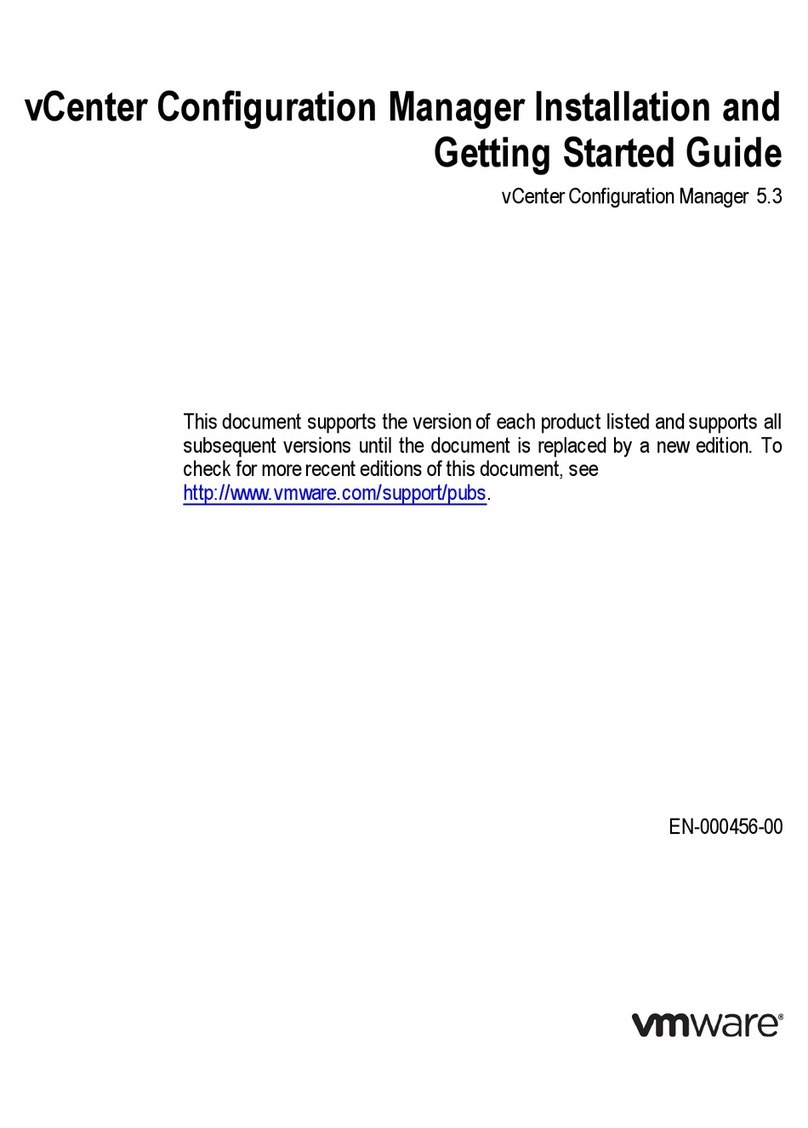
VMware
VMware VCENTER CONFIGURATION MANAGER 5.3 User manual
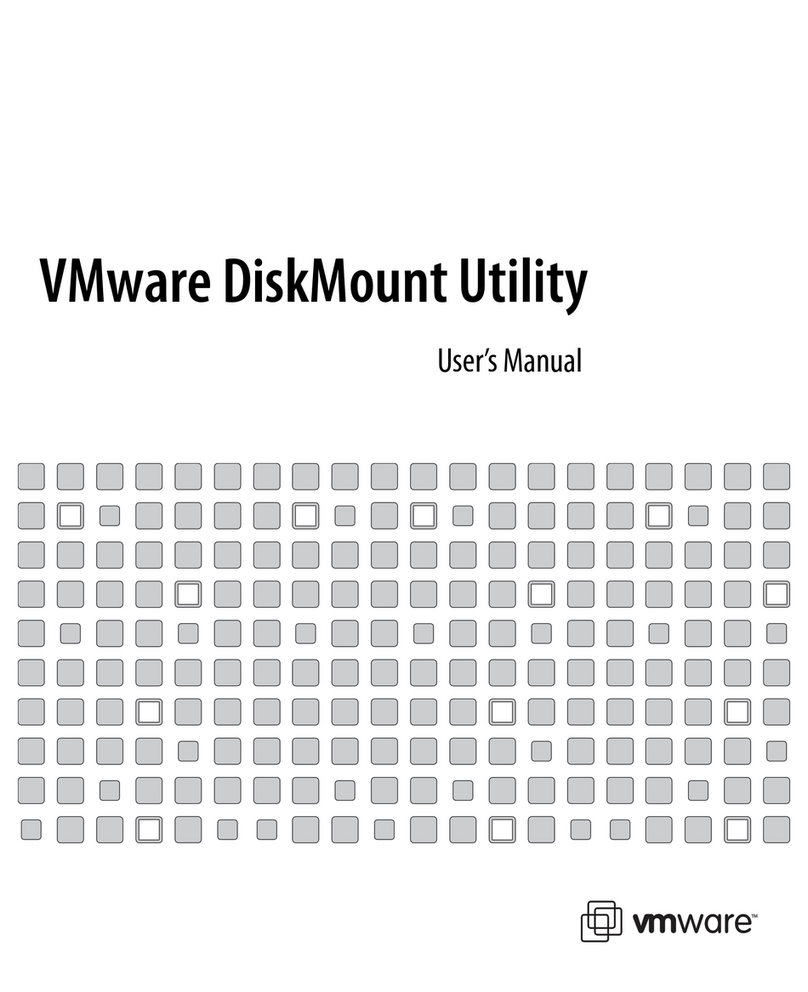
VMware
VMware DISK MOUNT UTILITY WORKSTATION 5.5 User manual
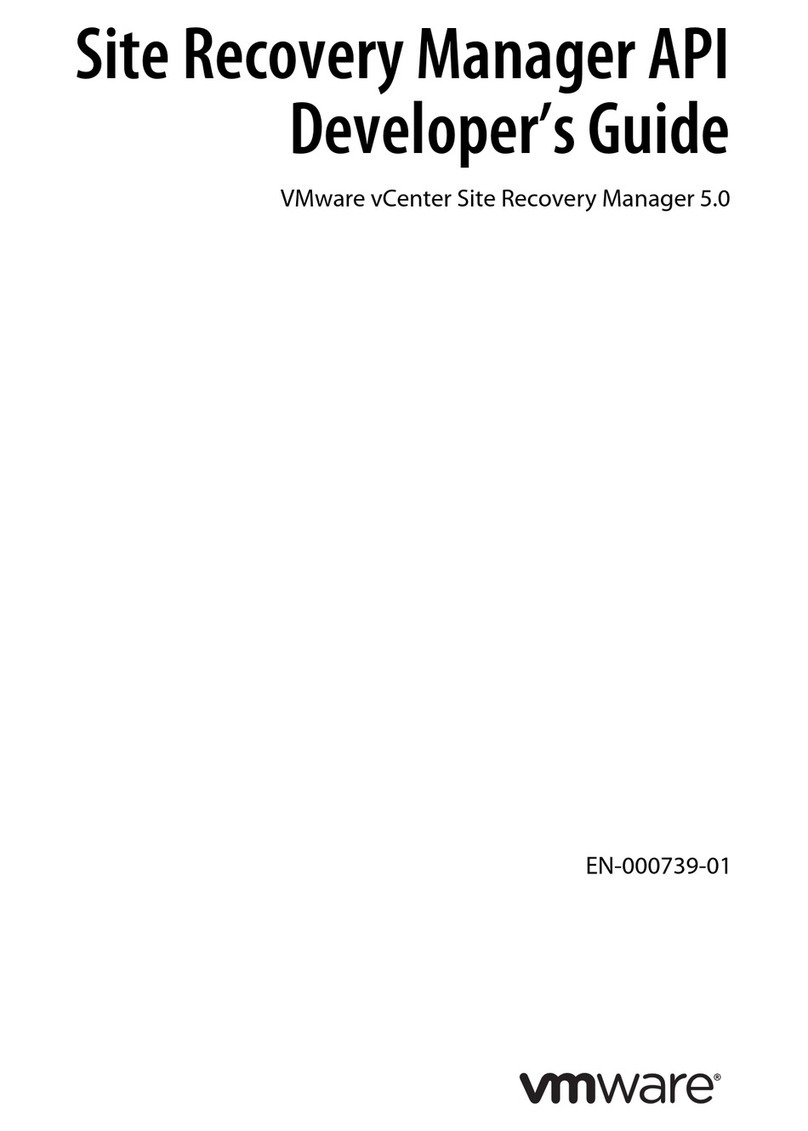
VMware
VMware VC-SRM4-A - vCenter Site Recovery Manager Instruction Manual
Popular Software manuals by other brands
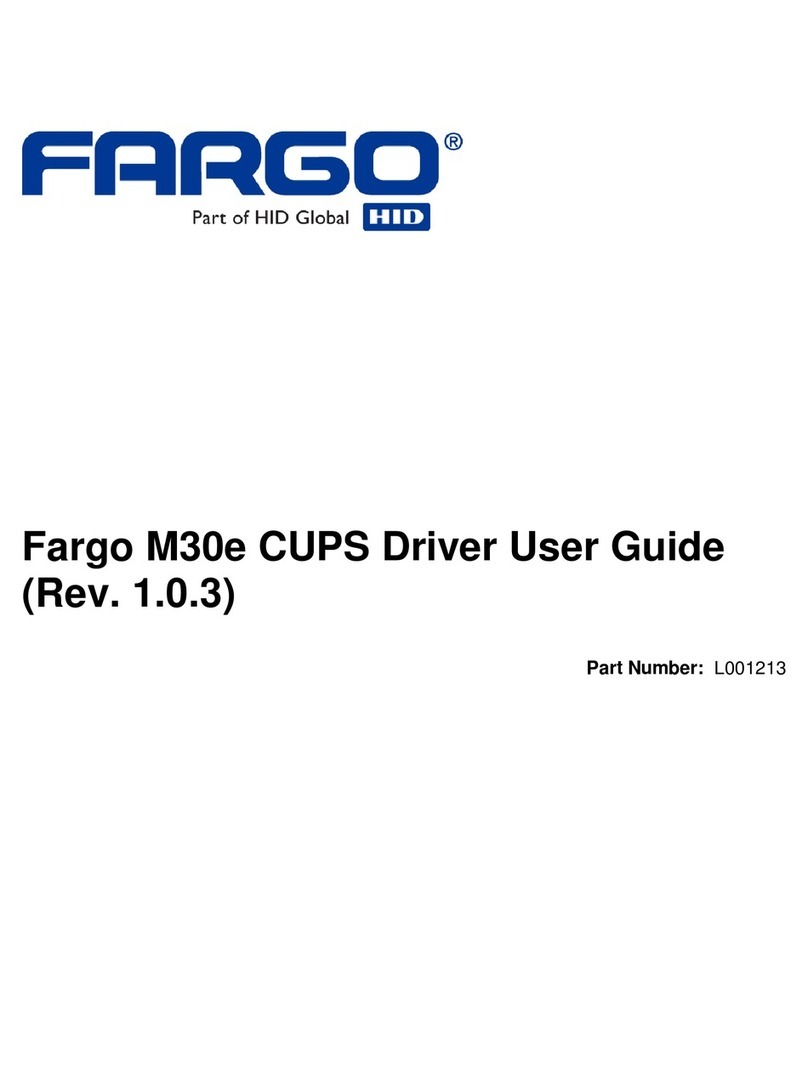
Fargo
Fargo Persona Persona M30e user guide
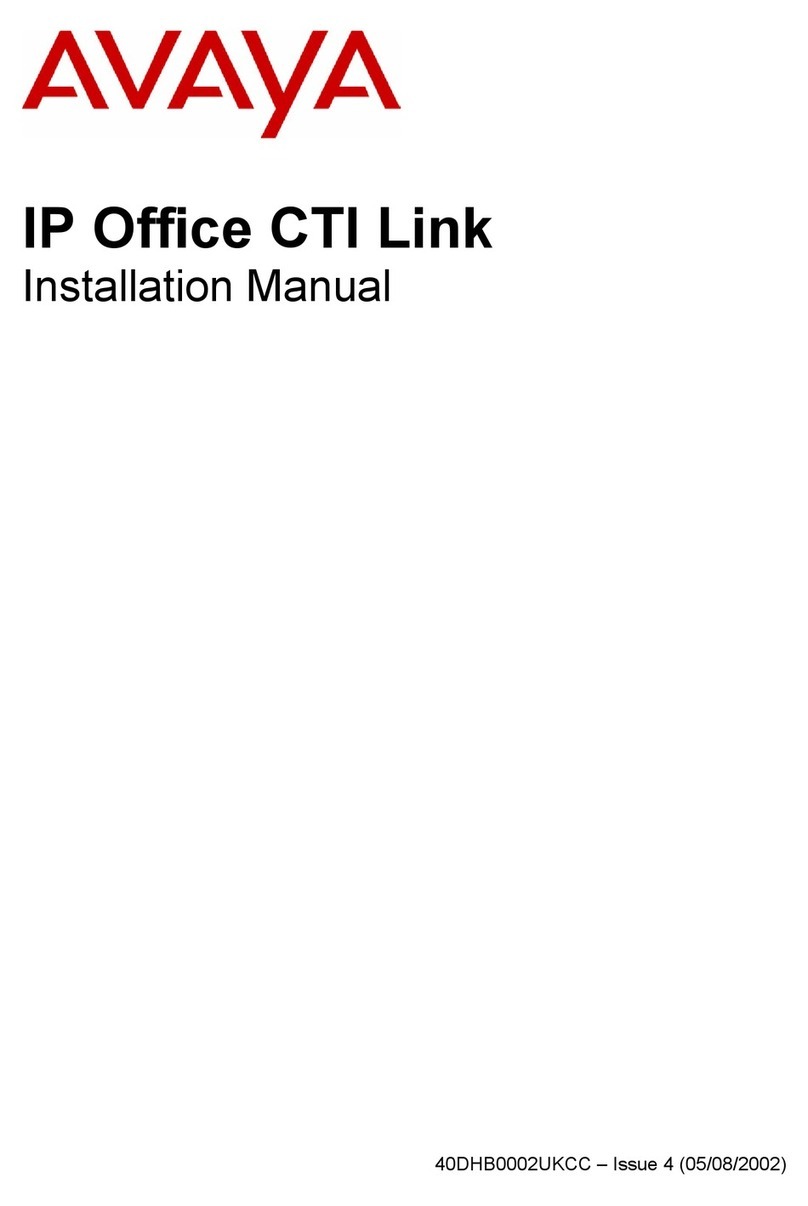
Avaya
Avaya IP Office CTI Link installation manual

Kongsberg
Kongsberg EA RDS - QUICK REFERENCE GUIDE REV A Quick reference guide
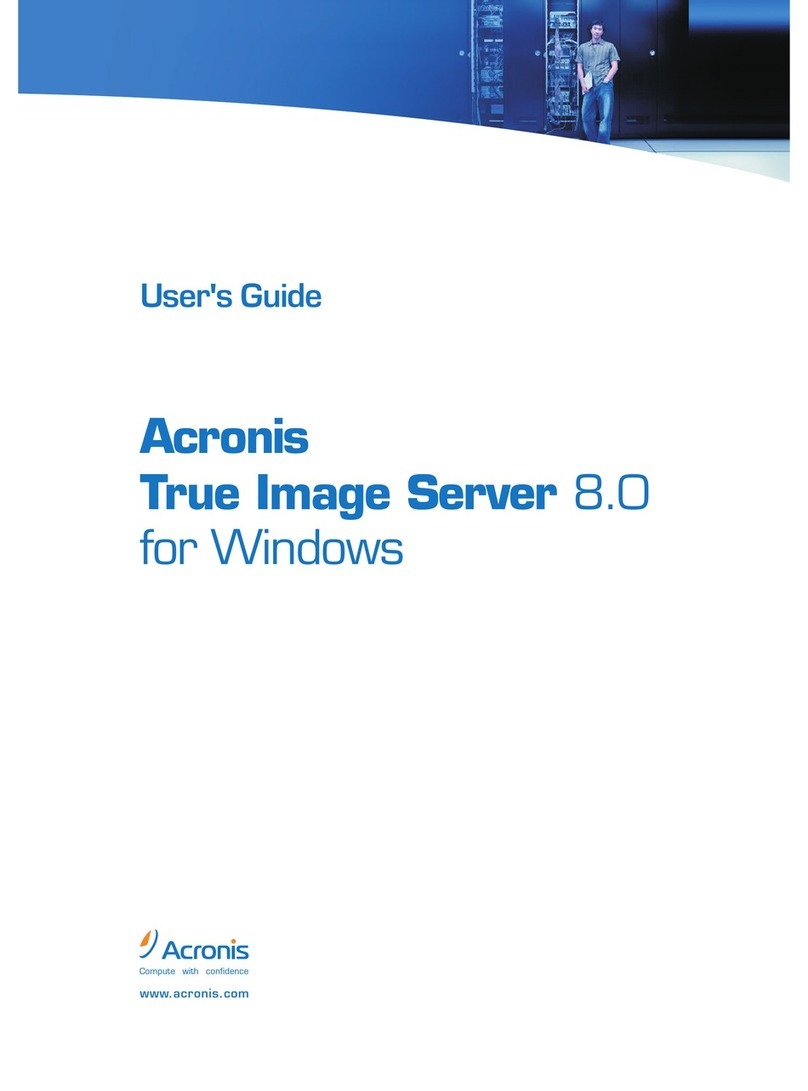
ACRONIS
ACRONIS TRUE IMAGE CORPORATE WORKSTATION 8.0 user guide
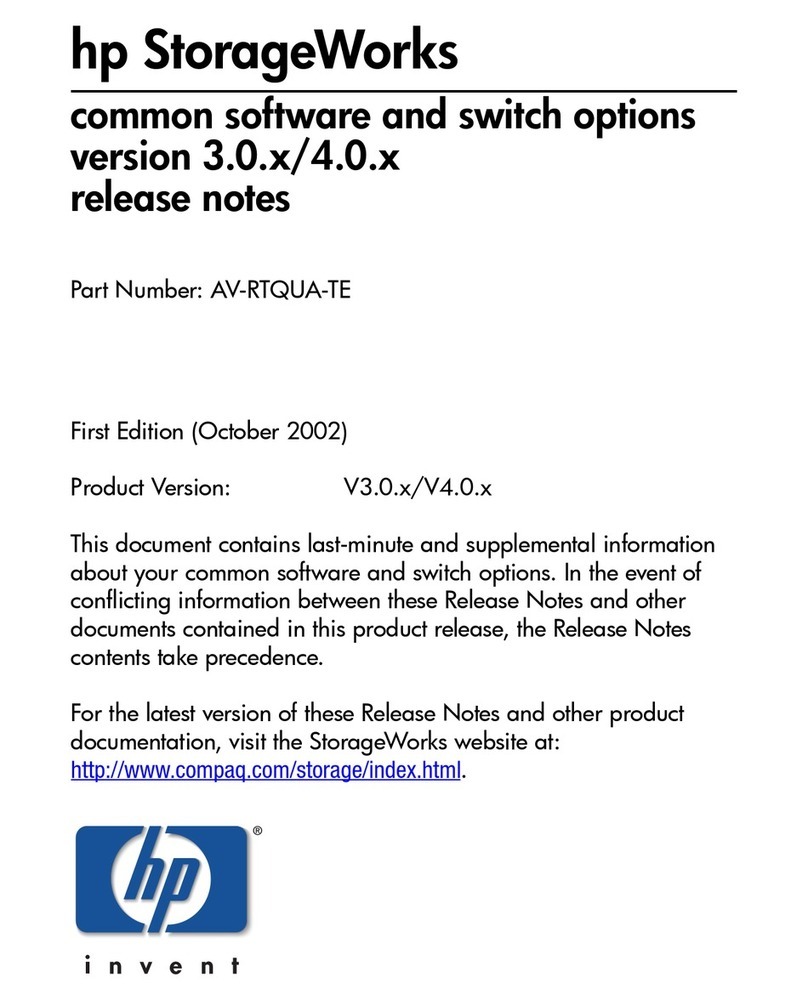
HP
HP StorageWorks 2/32 - SAN Switch release note

Trane
Trane Rover Installation, operation, and programming

Alcatel
Alcatel Automated Quarantine Engine user manual

ESET
ESET NOD32 ANTIVIRUS - FOR KERIO installation manual
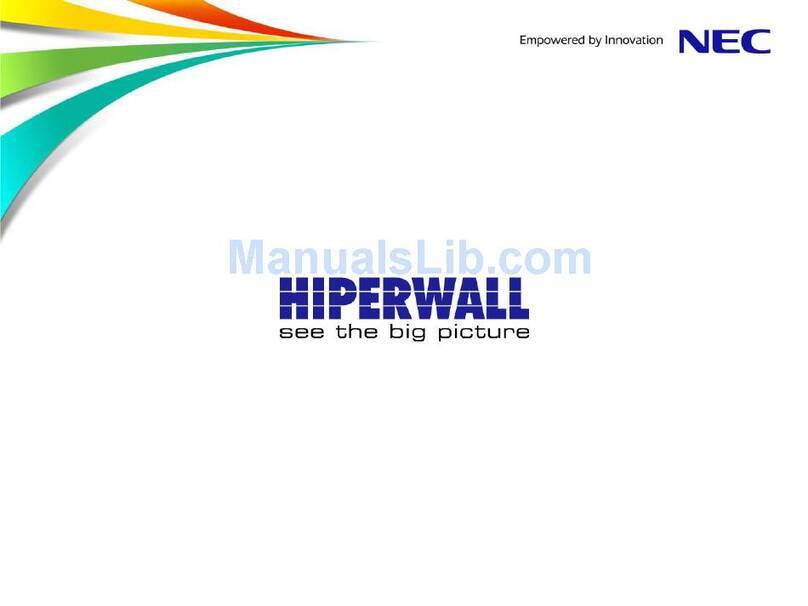
NEC
NEC NEC Hiperwall quick start guide
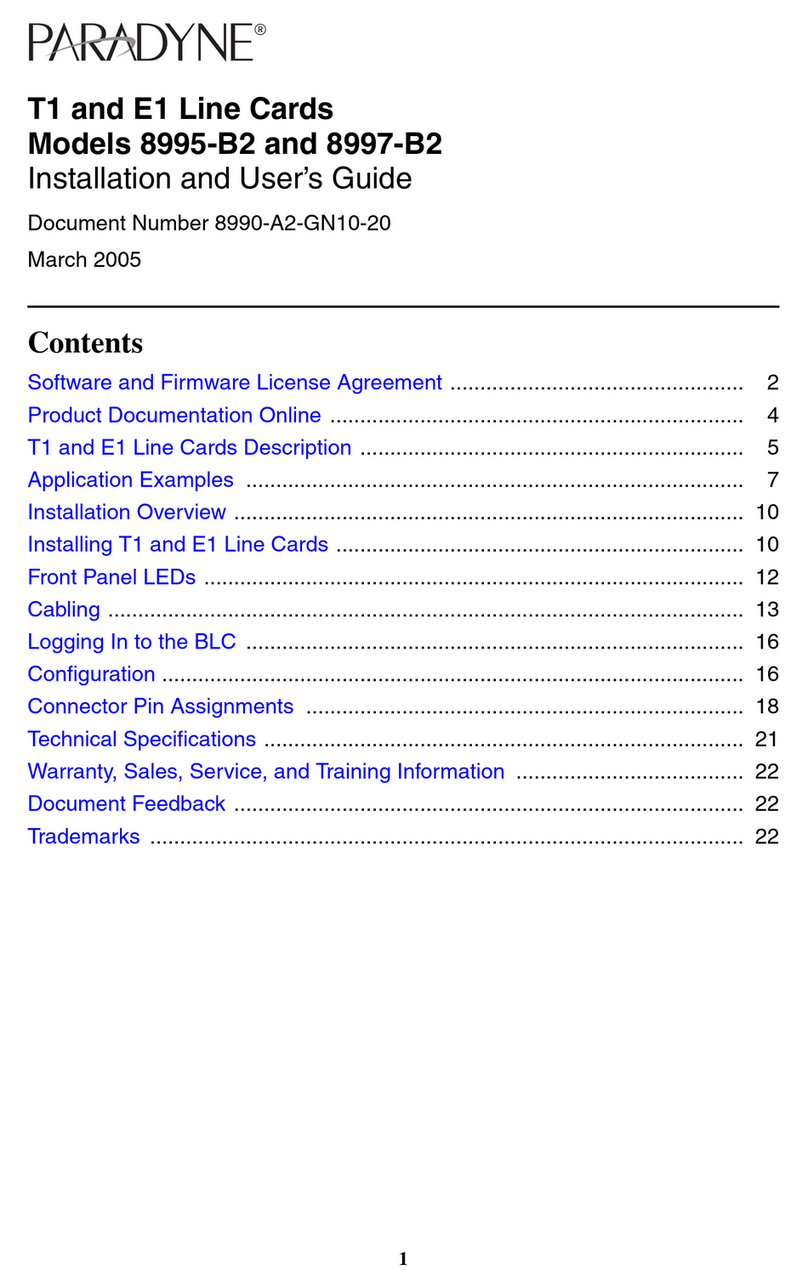
Paradyne
Paradyne 8995 Installation and user guide
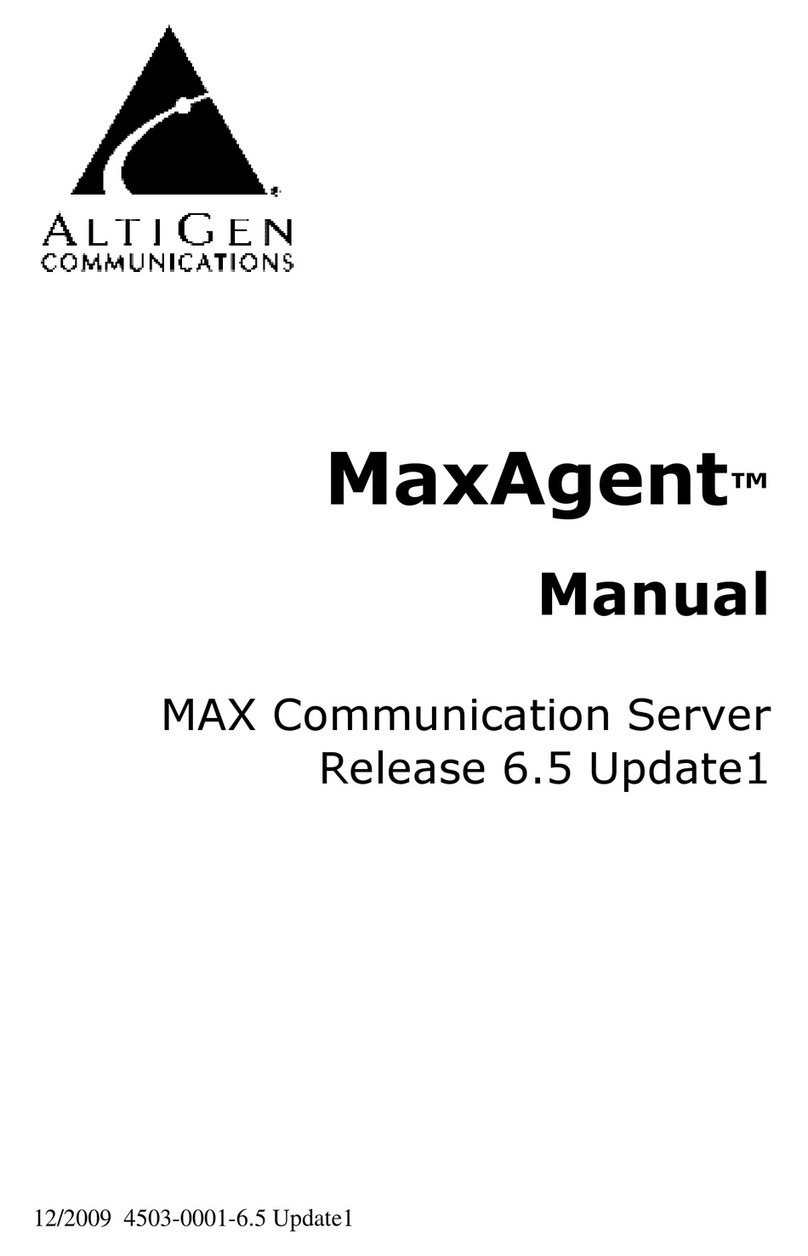
Altigen
Altigen MaxAgent manual
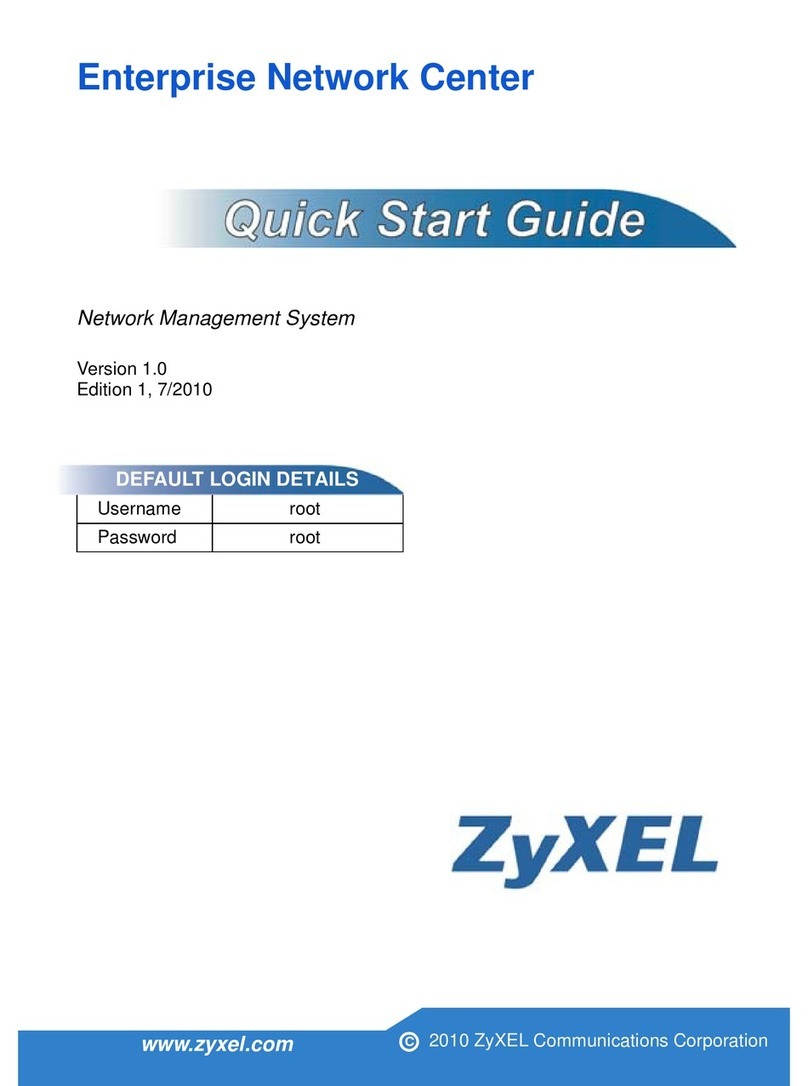
ZyXEL Communications
ZyXEL Communications ENTERPRISE NETWORK CENTER quick start guide
